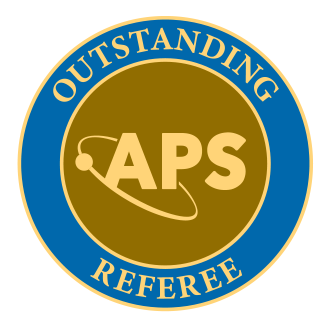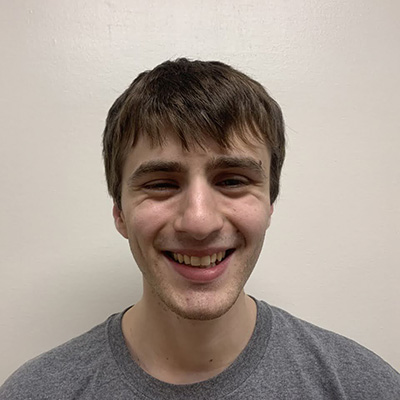Anne Lazerson, Academic Administrator for the Division of Science Graduate Affairs Group, has received the Lou Ennis Award. This award is given each year to a full-time, exempt staff member who has demonstrated loyalty and dedication to the university and who has gone above and beyond the requirements of their job and has a history of consistent contributions to the university.
In her role as an Academic Administrator, Anne oversees admissions, academics, and student financials for several of the graduate programs within the Division of Science. She works with the Physics and Chemistry PhD and Master’s programs as well as Neuroscience and MCB Master’s programs.
Seth Fraden, Professor of Physics, noted “Thank you, Anne for all your help in recruiting the best students to Brandeis and then in helping us retain them by keeping all of us on track while they are studying at Brandeis. Your care and professionalism are much appreciated.”








